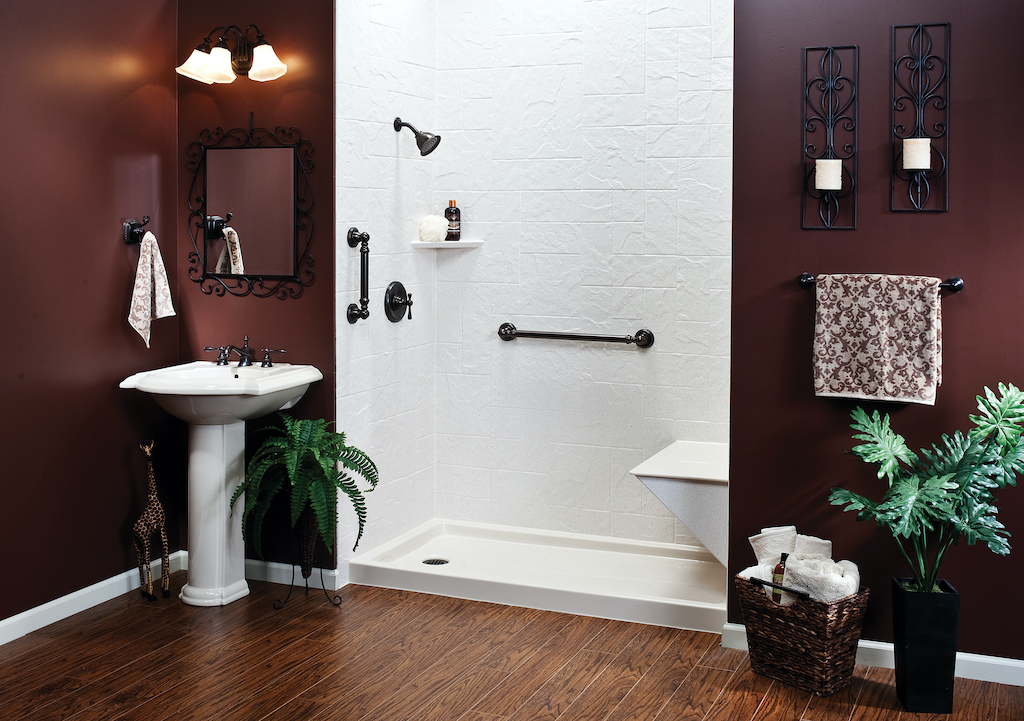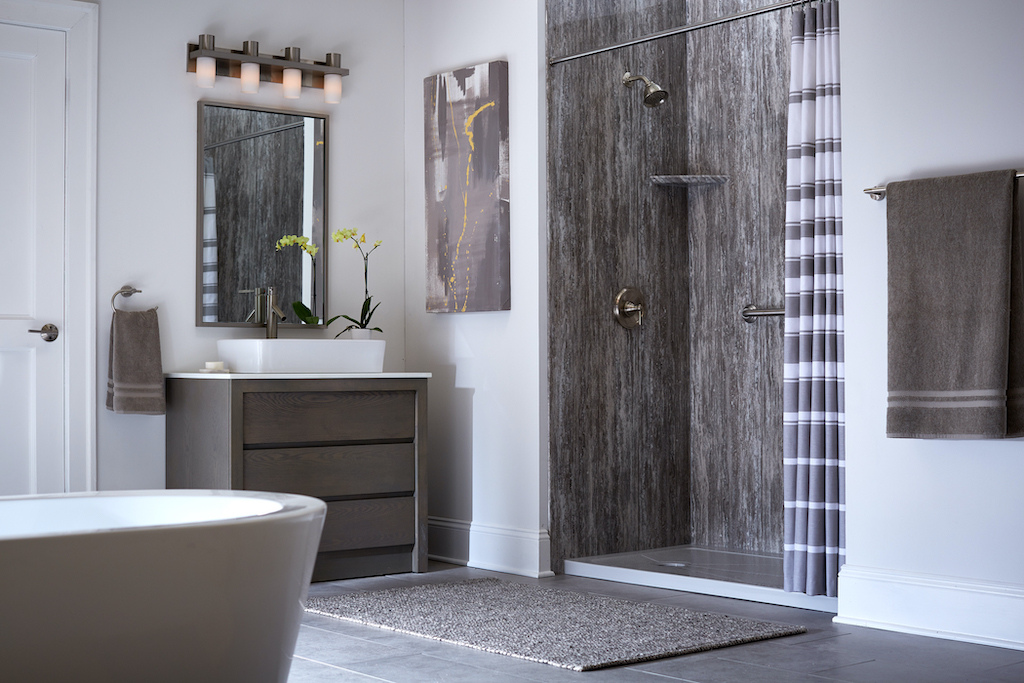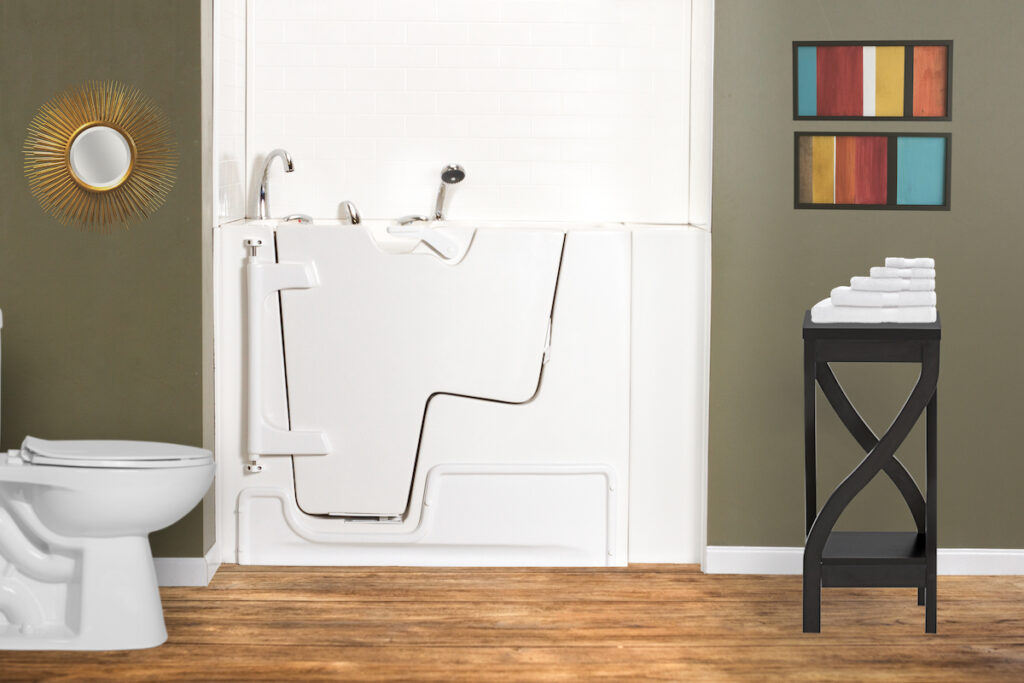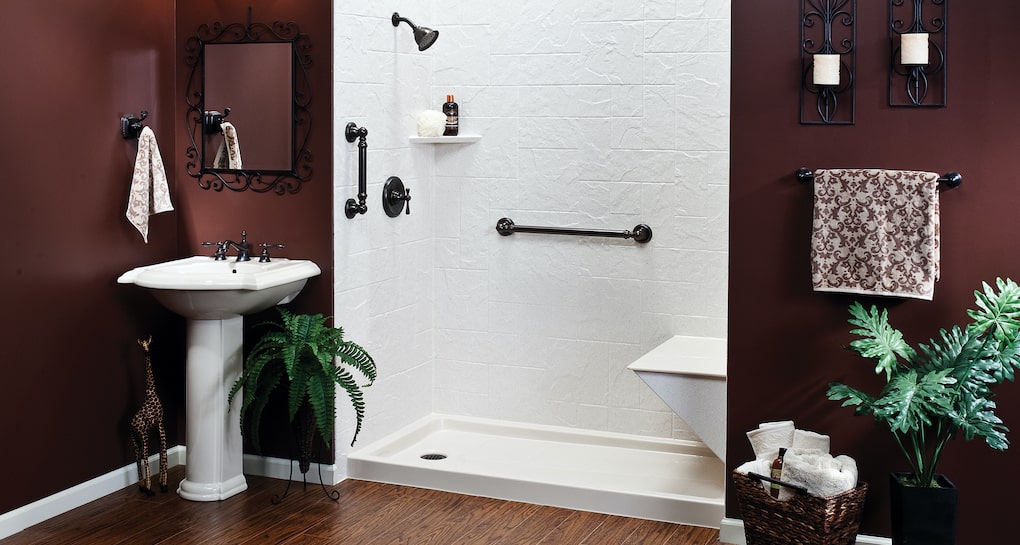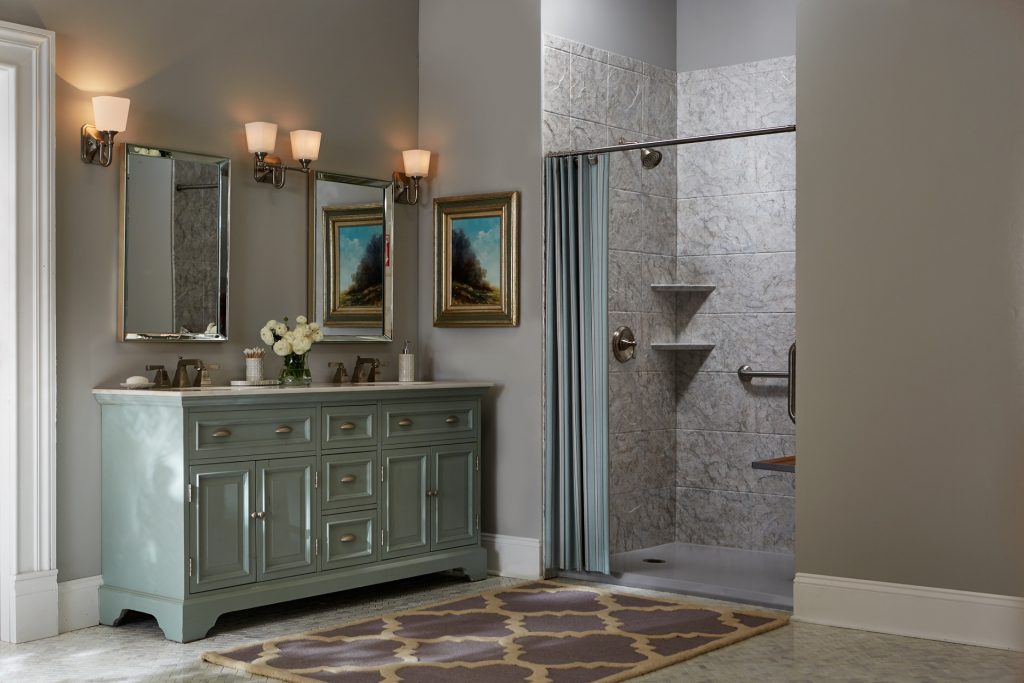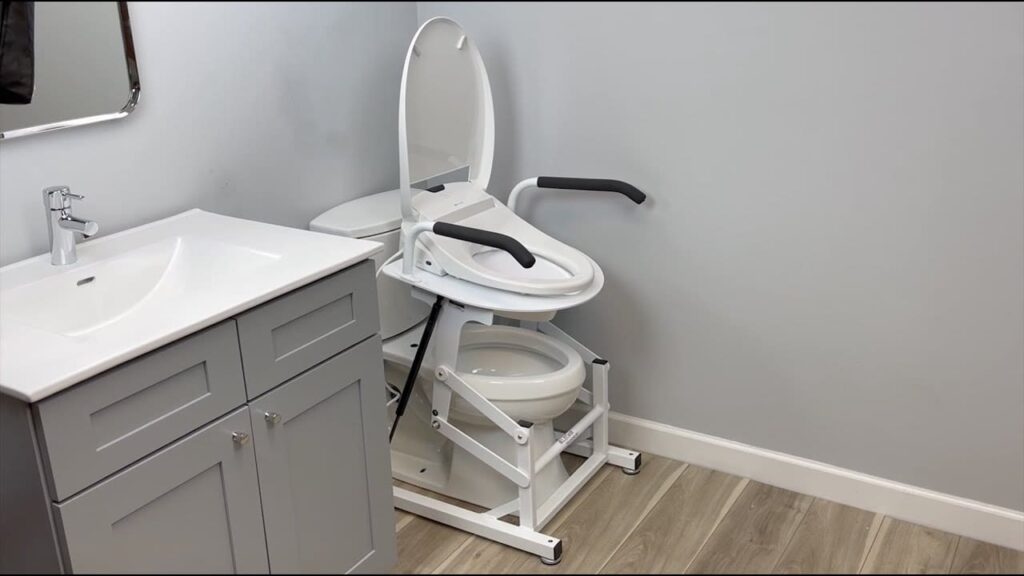Crucial Bathroom Safety Tips for Seniors to Avoid Accidents
As we age, maintaining independence and safety in the home becomes a top priority. One of the most critical areas to focus on is the bathroom, which can be a hazardous space for seniors due to slippery surfaces, hard fixtures, and limited mobility. Whether you are an older adult aging in place or a family member looking to create a safer environment for a loved one, taking the right precautions can prevent accidents and provide peace of mind.
Below, we explore the essential safety tips on bathrooms for seniors to help prevent falls and injuries, ensuring a safer and more accessible space for seniors.
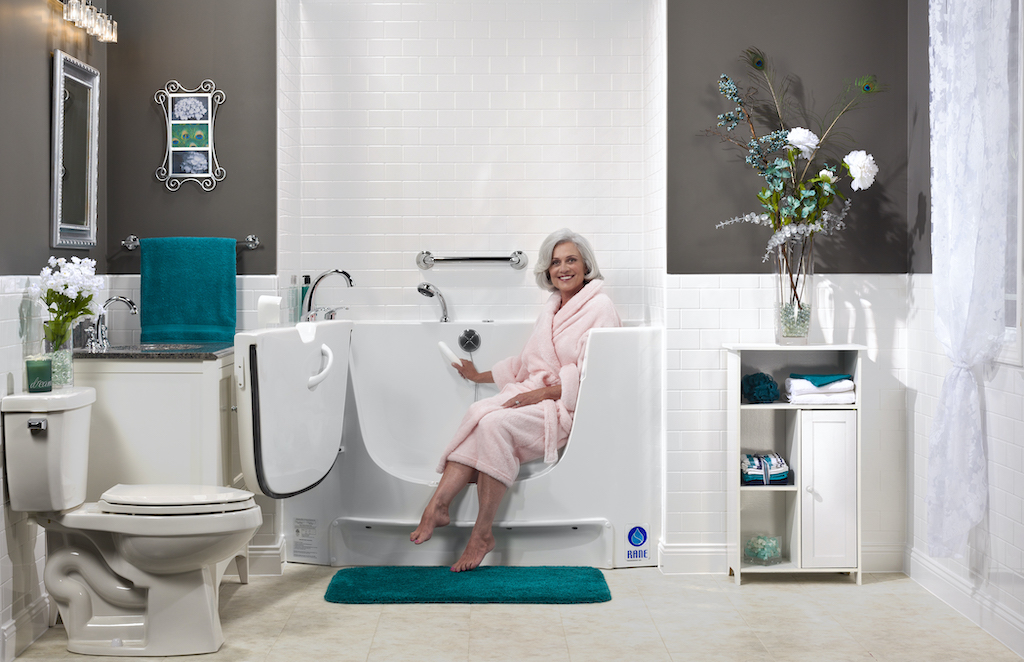
The Importance of Bathroom Safety for Seniors
The bathroom is often considered one of the most hazardous areas in a home, particularly for older adults. Wet floors, slippery surfaces, and confined spaces can significantly increase the likelihood of falls and injuries. Prioritizing bathroom safety is crucial for several reasons:
- Reduce Falls: A safe bathroom environment enables seniors to manage their personal hygiene without the fear of slipping or falling. Implementing safety measures such as installing grab bars and using non-slip mats can greatly diminish this risk.
- Protecting Seniors from Severe Injuries: As individuals age, bones tend to become more brittle, making even minor falls potentially serious. Injuries like hip fractures can necessitate extensive medical treatment and prolonged recovery periods. Enhancing bathroom safety can help prevent such incidents.
- Keep Independence by Aging in Place: A well-designed, secure bathroom allows seniors to perform daily hygiene routines independently, reducing reliance on family members or caregivers. This autonomy is vital for preserving personal dignity.
- Preventing Compounding Health Deterioration: Falls can lead to additional health complications, including pressure sores from extended immobility, muscle weakness, and joint pain due to decreased movement. By mitigating fall risks, these secondary problems can be avoided.
By proactively addressing potential hazards, you can create a safer and more comfortable bathroom environment, allowing seniors to navigate this space with confidence.
Common Hazards for Seniors in the Bathroom
Recognizing the risks that exist in the bathroom is the first step toward creating a safer space. Here are some of the most common hazards that pose risks to seniors:
- Hard-to-Reach Shelves – Shelves placed too high or too low can lead to balance issues when reaching for toiletries.
- Slippery Floors – Water accumulation and polished tiling increase the risk of slipping.
- Unsecured Bath Mats – Loose mats can create a tripping hazard.
- Dim Lighting – Poor lighting makes it harder for seniors to navigate safely, especially at night.
- Cluttered Spaces – Too many objects in a small bathroom can create obstacles and increase the chance of falls.
- Small Layout – Tight spaces may make it difficult for seniors to maneuver safely.
- Difficult Access to the Tub or Shower – High-sided bathtubs and showers without proper accessibility features can make entering and exiting difficult.
By identifying these hazards, you can make targeted improvements to enhance safety.
Top Bathroom Safety Areas for Improvement
The good news is that there are many ways to improve bathroom safety and reduce the risk of injury. Here are the most important upgrades to consider:
Non-Slip Flooring and Bath Mats
Slippery floors are one of the biggest dangers in the bathroom, but there are simple solutions to make them safer:
- Keep floors clean and dry to prevent grime and soap buildup.
- Install non-slip bath mats inside and outside the tub.
- Use textured, non-slip flooring rather than smooth tile.
- Apply non-slip strips in the shower and bathtub for extra traction.
Grab Bars and Safety Rails
For seniors who struggle with balance, having sturdy support to hold onto can make all the difference. Grab bars and safety rails provide extra stability when getting in and out of the shower, using the toilet, or stepping over a bathtub.
Installing grab bars near the toilet, inside the shower, and alongside the bathtub helps seniors steady themselves, reducing the risk of falls. Unlike towel racks, which aren’t designed to hold weight, grab bars are specifically made to provide secure support.
When choosing grab bars, make sure they’re properly anchored to the wall—loose or flimsy bars won’t provide the stability needed in critical moments. Safety rails that support a senior’s full weight without shifting are key to making the bathroom a safer space.

Improved Lighting for Better Visibility
Dim lighting and shadows can turn a familiar bathroom into an accident waiting to happen, especially at night. Many seniors experience reduced vision as they age, making bright, well-placed lighting essential for bathroom safety.
Start by ensuring that overhead lighting is bright and evenly distributed, so there are no dark corners or shadowy areas. Another smart upgrade is installing motion-sensor night lights—these automatically turn on when movement is detected, making late-night trips to the bathroom much safer.
For an extra layer of convenience, illuminated light switches can make it easier for seniors to turn on the lights without fumbling in the dark. These small upgrades can make a big difference in reducing the risk of trips and falls.
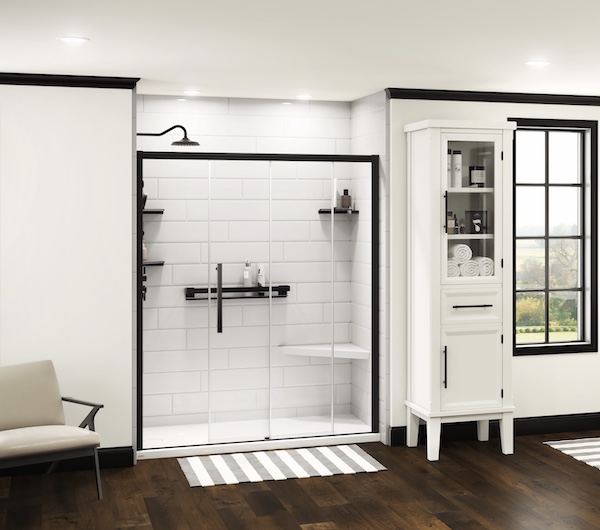
Bathtub Safety Enhancements
If a senior prefers baths, consider these upgrades when remodeling your bathtub:
- Bathtub transfer benches allow for easy, seated entry into the tub.
- Walk-in tubs with low entry thresholds reduce the risk of stepping over high tub edges.
- Hydrotherapy walk-in tubs offer therapeutic benefits for those with arthritis or joint pain.
- Anti-scald devices help regulate water temperature to prevent burns.
Shower Safety Modifications
Remodeling your shower can make your daily showing process significantly safer with these features:
- Install a walk-in shower with no or low barriers for easy access.
- Use a shower bench or chair for stability and comfort.
- Consider a shower wheelchair for those with severe mobility limitations.
- Upgrade to a handheld showerhead for better control.
- Install a secure shower rod and a thick shower curtain to prevent water from splashing.
- Choose a shower bench that is sturdy, water-resistant, and adjustable
Keeping Necessities Easily Accessible
One overlooked but important aspect of bathroom safety is making sure everyday essentials are within easy reach. No one should have to stretch, bend, or stand on their toes just to grab soap or shampoo, as these movements can throw off balance and increase fall risks.
To keep everything conveniently accessible, consider installing shower caddies or built-in shelves within arm’s reach. Avoid placing items on high shelves or deep cabinets where they may be difficult to retrieve.
A clutter-free bathroom is also a safer bathroom. Clearing out unnecessary items and organizing toiletries can create a more open, easy-to-navigate space, reducing the chance of accidental tripping.
ADA-Compliant Toilet and Bidet
Toilets can be challenging for seniors with mobility issues. These upgrades can help:
- Raised toilet seats reduce the strain of sitting and standing.
- Grab bars around the toilet provide additional stability.
- Bidets offer a hygienic, hands-free alternative to traditional wiping.
Need Help Getting Started? Atlas Home Improvement Can Help!
If you or a loved one are looking to improve bathroom safety, Atlas Home Improvement is here to help. We specialize in bathroom remodeling designed for aging in place, ensuring that your space is safe, comfortable, and accessible. From walk-in tubs and non-slip flooring to grab bars and lighting upgrades, our team of experts can transform your bathroom into a secure environment that promotes independence and peace of mind.
If you’re in Michigan and ready to make your bathroom safer for yourself or an elderly family member, contact Atlas Home Improvement today to learn more about our bathroom safety solutions!
To get started, call 734-344-4788 or fill out a contact form today!

